Considerations for external transportation of processed medical devices

The centralization of medical device processing to one facility is becoming more prevalent. Centralizing sterile processing activities reduces expenses while concentrating expertise. However, this also introduces new concerns. When sterile processing is located within the same building where instrumentation is used, transport occurs over smooth floors in a controlled environment…
AI tools monitor, reduce OR infection risks
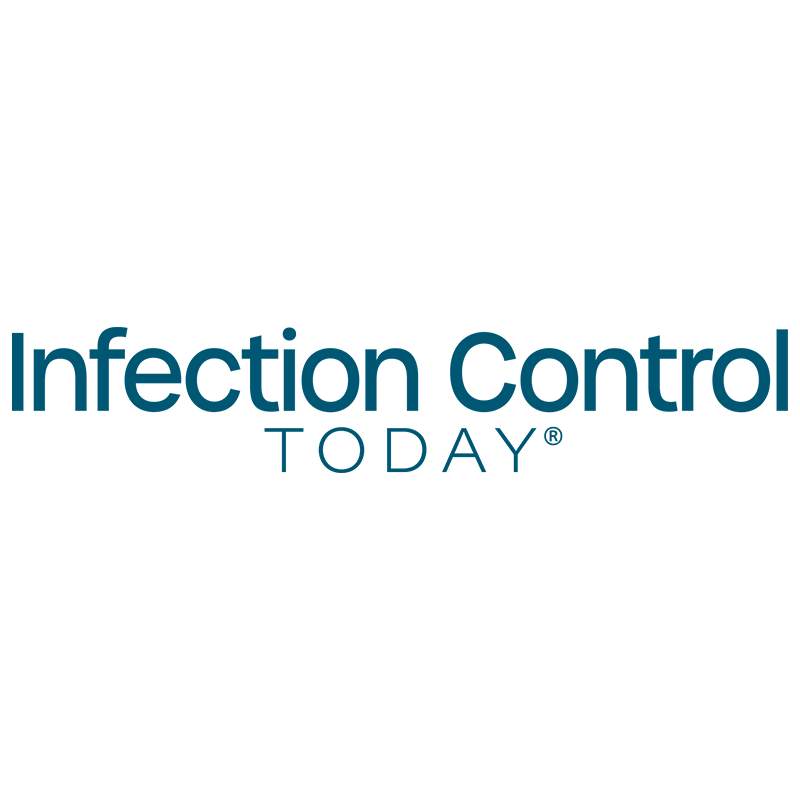
Editor's Note AI-enabled sensors, smart surveillance systems, and predictive analytics are advancing perioperative workflows while helping prevent breaches that can lead to surgical site infections (SSIs). This is the primary takeaway of a July 15 Q&A with Herman DeBoard, PhD, CEO of Huvr Inc., in Infection Control Today. As detailed…
Standards strengthen sterilization, disinfection process chains
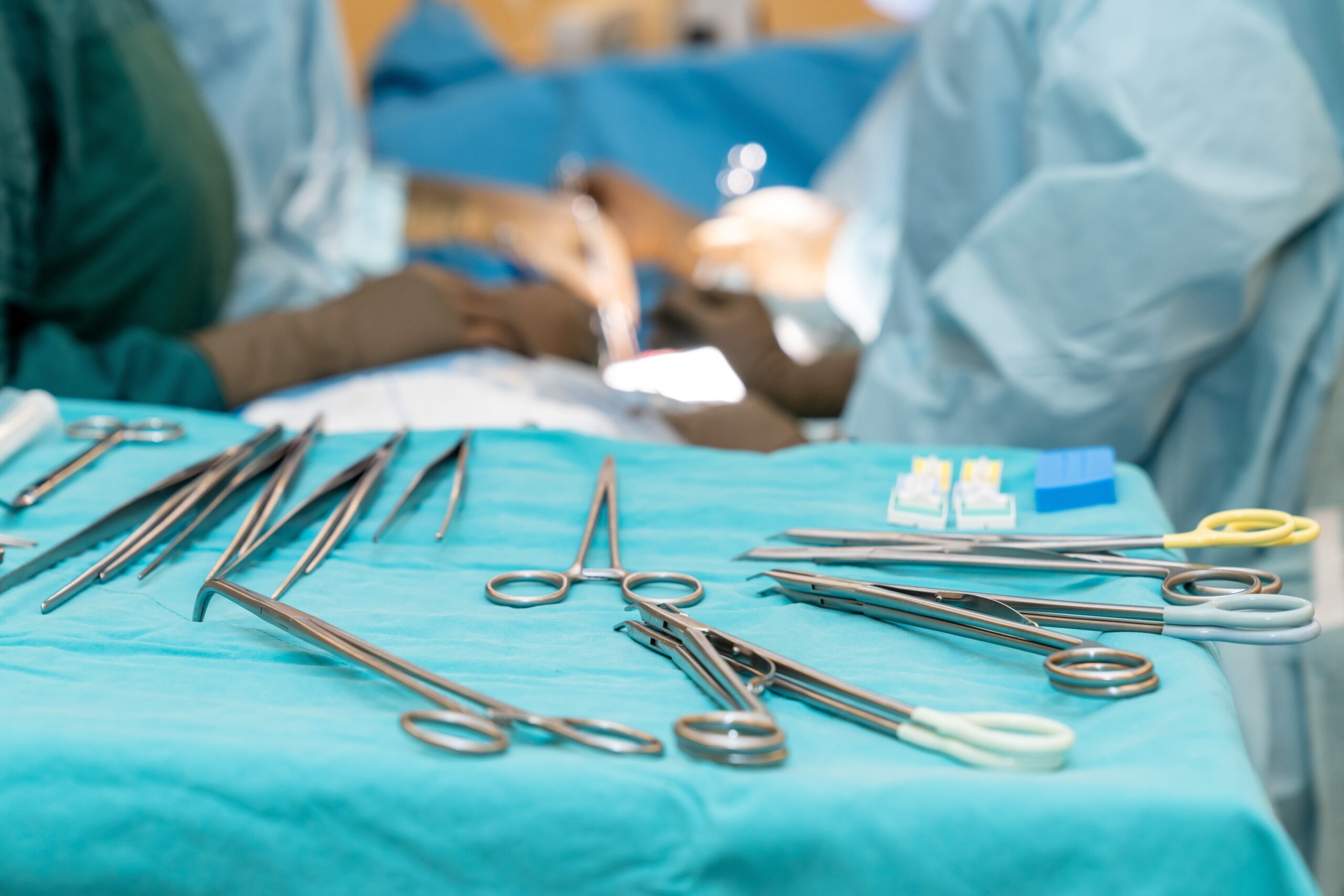
Preventing infection from contaminated surgical tools requires attention to every link in a complex chain of processes, from point-of-use pretreatment in the OR to the moment the freshly disinfected or sterilized item arrives at the next patient’s bedside. For those on the front lines, manufacturers’ written instructions for use (IFUs)…
Ice machines spread Legionella in hospital oncology unit, prompting testing overhaul
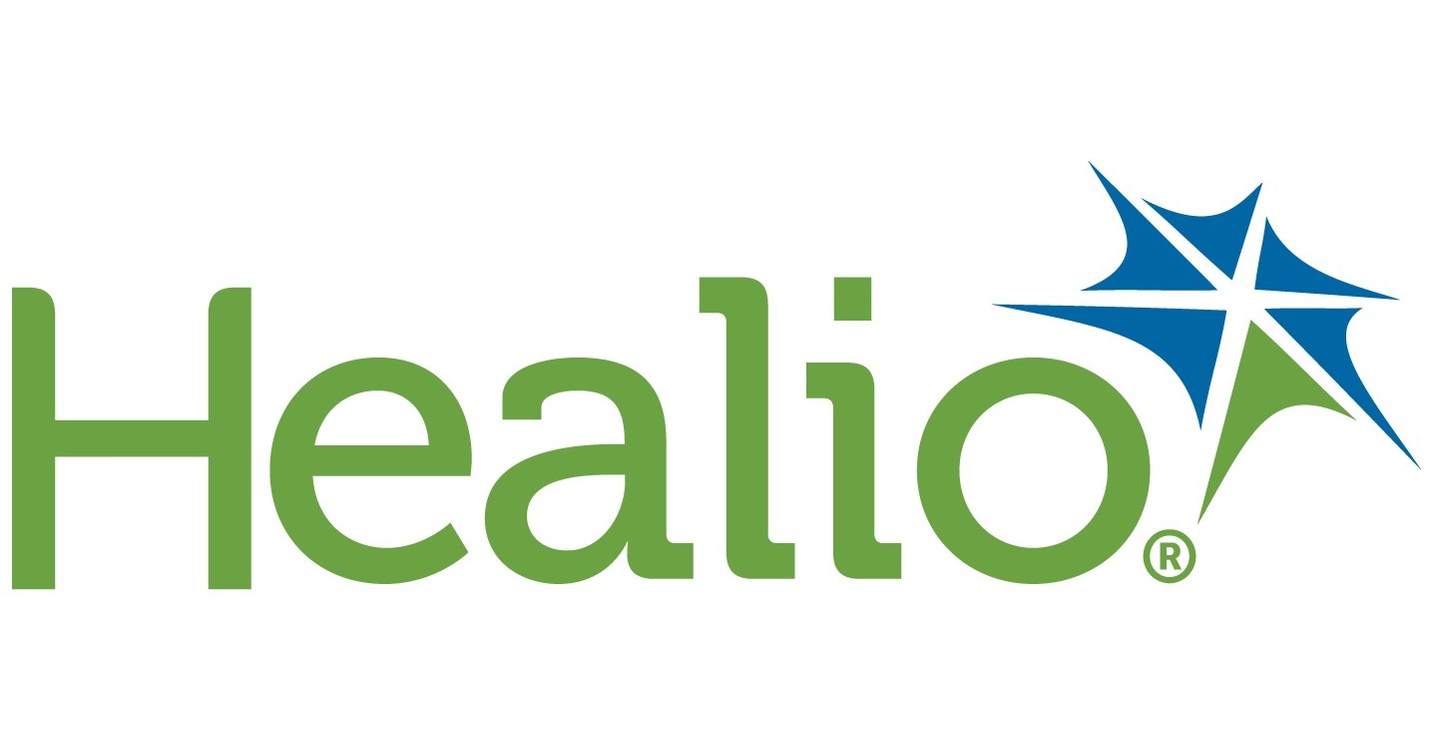
Editor's Note Legionalla contaminated a hospital ice machine and likely infected an oncology patient through aspirated ice chips, according to an April 30 report in Healio. Presented in a study at The Society for Healthcare Epidemiology of America (SHEA), the incident prompted immediate changes to water testing protocols at AdventHealth,…
OR traffic, workflow disruptions drive infection risk

Editor's Note Unnecessary traffic, workflow interruptions, and lapses in protocol in the OR increase the risk of surgical site infections (SSIs), according to an April 23 article in Infection Control Today. While sterile technique, antibiotic use, and instrument cleanliness remain front-line defenses against infection, authors Katharine J. Hoffman, MPH, CIC, and…
Breaking down the surgical gown: Disposable versus reusable, latest innovations
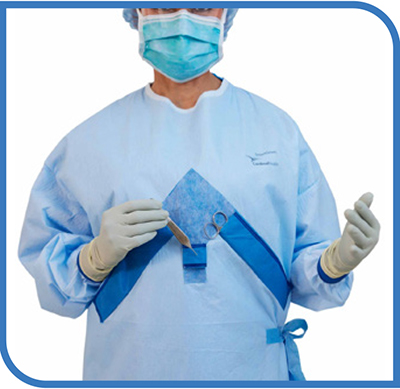
There is movement happening in the world of surgical gowns. It is driven in part by the COVID-19 pandemic, which brought new focus to the need for adequate stockpiles of personal protective equipment (PPE)—and for PPE that works as intended. Staff need to know their gowns incorporate the latest technology…
FDA updates safety recall of certain saline, sterile water medical products
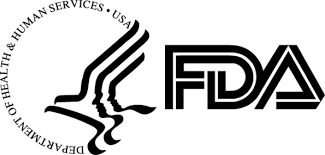
Editor's Note The US Food and Drug Administration (FDA) on January 24 updated its safety recall communication from November 6 to add to the voluntary recalls of saline and sterile water medical products associated with Nurse Assist, LLC. The FDA recall notice lists various water-based medical products manufactured by Nurse…
Study: Hospital surfaces ridden with bacteria despite disinfection protocols
Editor's Note: Adherence to routine disinfection procedures may not be enough to prevent potentially harmful bacterial contamination of high-touch hospital surfaces, according to findings published January 10 in the American Journal of Infection Control. Manikins, bed rails, and workstations-on-wheels were the most contaminated surfaces. The study involved sampling and culturing…
Effectiveness of decontaminating PPE with methylene blue
Editor's Note This study led by researchers at the University of Washington, Seattle, finds that methylene blue with light (MBL) photochemical treatment can be used to decontaminate personal protective equipment (PPE) contaminated with COVID-19. MBL robustly and consistently inactivated three coronaviruses, including COVID-19, with 99.8% to >99.9% virus inactivation across…

 Free Daily News
Free Daily News